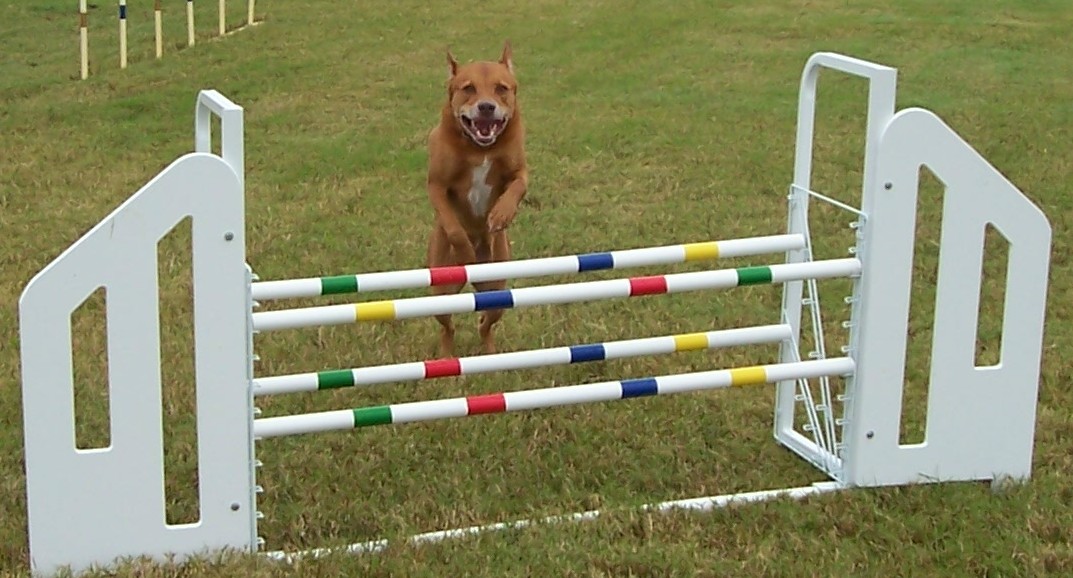Barks Blog
Never Look Back: How the Switch to Force-Free Changed My World
Like so many of us, I got involved in dog training thanks to a dog who entered my life. While I had always had dogs, my only attempted at formal training was a failure. Back in the early 80s, the methods were forceful. My dog hid when I got the training collar out for class 2. I took note of his message and terminated our classes.
In 1999, another dog entered my life who was extremely challenging. She was mouthy, easily aroused and reactive to other dogs. After several classes with little improvement, I decided to enter the world of dog training.
My initial efforts were not force-free. However, I was able to realize that not only was punishment not working, it was making Dale worse and eroding our relationship. My epiphany came one morning as I struggled to control my dog. Both Dale and I were frustrated and confused. I knew there had to be a better way to help my dog and not feel like a villain.
I spent a year reading, watching DVDs and going to seminars. I discovered counter conditioning and desensitization. We practiced endlessly. Every walk, every day we practiced staying calm and worked on our new skills. It took time, but at least our relationship was improving. Finally, one day, on a walk, Dale spotted a dog approaching us. In the past she would have reacted by growling and lunging. This time she looked at the other dog and looked right back at me! I gave her a reward and we stepped closer. My girl was as cool as a cucumber. We had practiced this over and over in training, getting her to look at me as soon as she saw another dog and rewarding her for that. And now, here was the proof that it worked! She looked at the dog again and right back at me. No prompting, no yelling. Instead it was just a pleasant walk with a new, improved dog. That incident finalized my conversion to force-free training. Just giving food rewards when another dog approached enabled us to move forward and become a team.
These events were empowering! I never felt comfortable physically punishing a dog. Now I had the knowledge and science to change my techniques. I took what I learned and began using reward based methods with my clients’ dogs. It was, and still can be, difficult to convince people the best way to solve the problem is to change the underlying emotion. The idea is so far from their expectation and can be hard for them to accept.

I’m so grateful to Dale for showing me the path. Although it felt like an eternity, it didn’t actually take very long for her to trust me again. I use her as an example of how punishment didn’t work and rewards did. This helps give people the motivation to try something different to help their pets.
When a concerned pet owner contacts me for help, I use active listening skills to help me understand the problem. If they mention a coercive method, rather than criticize them, I ask one question: is the behavior getting better or worse? I actually already know it’s getting worse, that’s why they called for help! But this allows the person a chance to understand they need a different method to solve the problem without making them defensive.
I’m sure many of you have had similar experiences. Sadly, there is something in human nature that can make us feel empowered by punishing our pets. And in the immediate, it does seem to be effective. Until the opportunity occurs and the dog reacts again. We need to help dog owners break the cycle and find a real solution. By allowing them to realize on their own that the method they have been using isn’t working, we can remove the barriers for them to see a new, force-free way of training.
